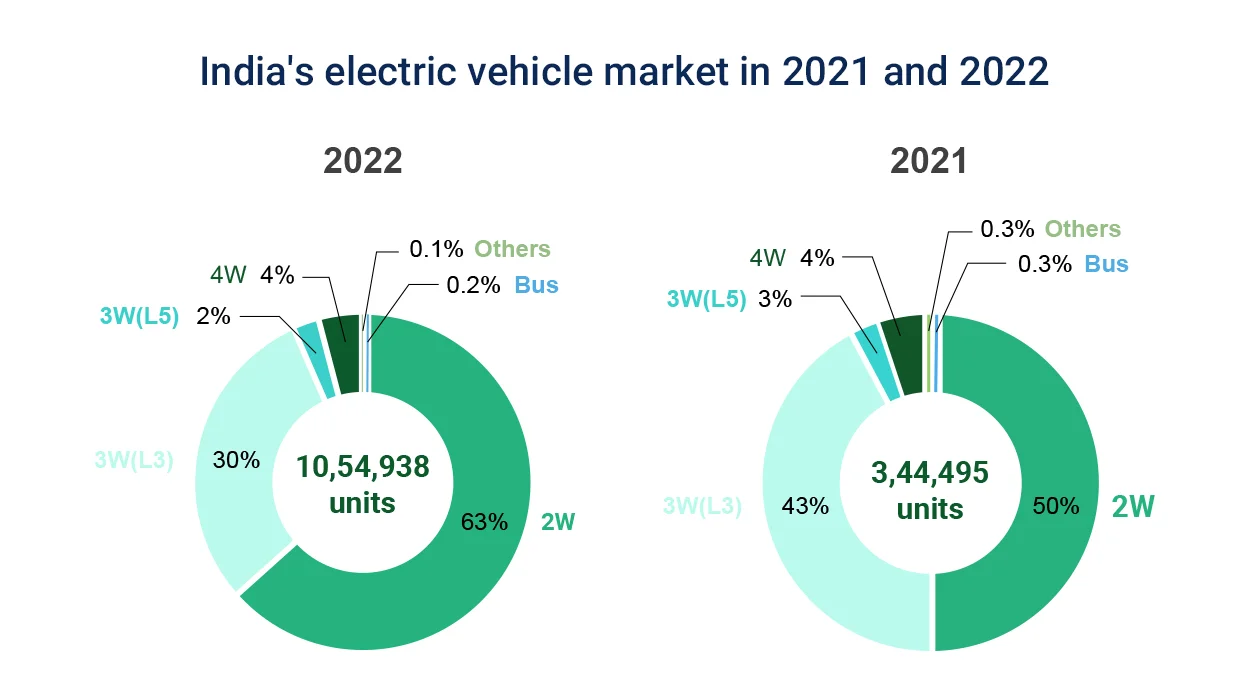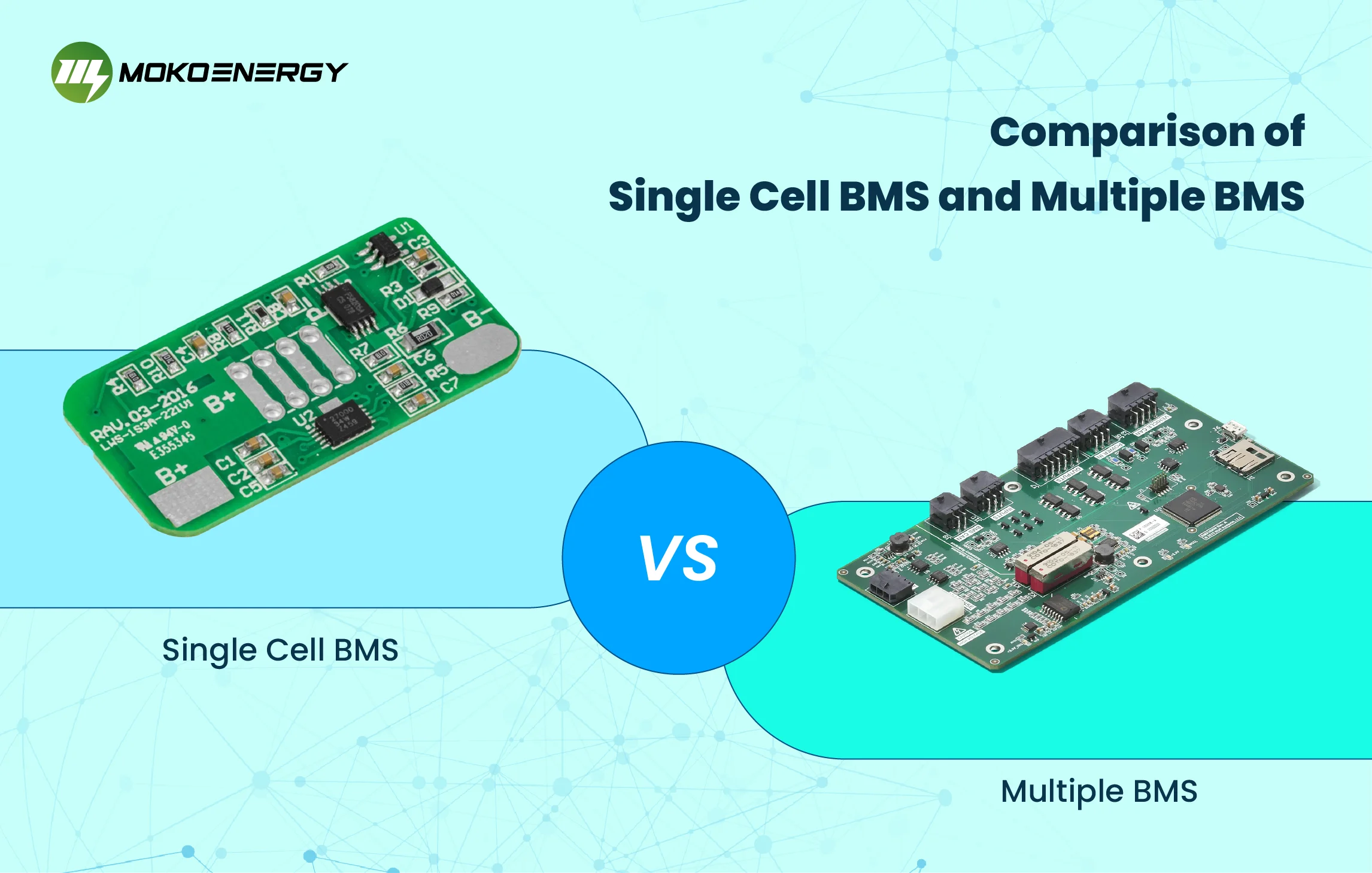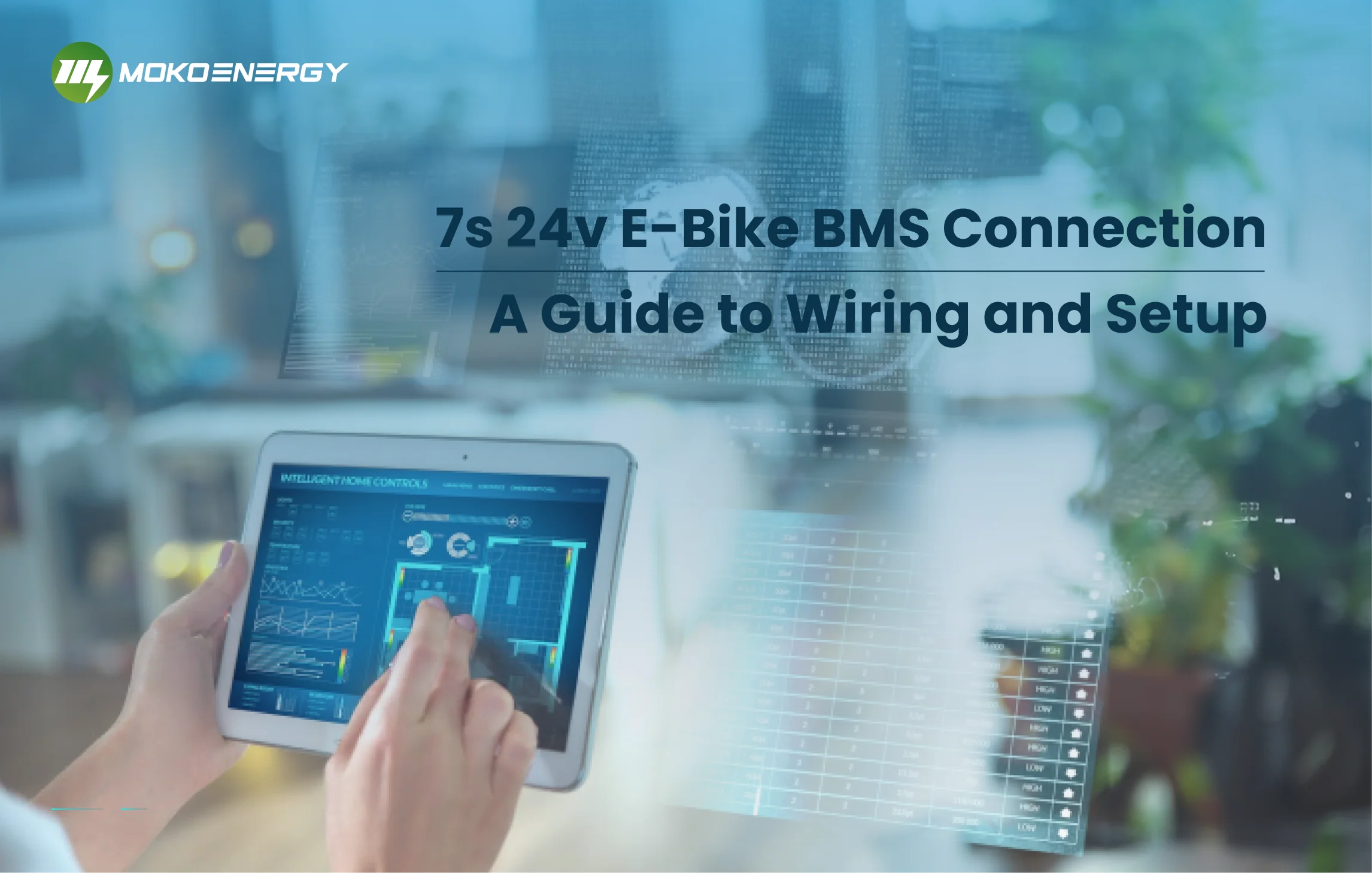The substantial increase in global warming has spurred the development and adoption of eco-friendly technology. This surge in environmental activism has driven transformations within the Automotive Industry, the third-largest contributor to greenhouse gas emissions. Electric Vehicles (EVs) are leading this transition. India has pledged, during the COP26 Summit (Conference of the Parties 26), to achieve a 30% adoption rate of EVs among private automobiles by 2030. Projections indicate that annual EV sales could reach 10 million by 2030 with the battery standards in India.
Recent reports suggest that the Government of India, through the Bureau of Indian Standards, is set to introduce EV Battery and Performance Standards Rules. This represents a significant endeavor to establish safety regulations aimed at preventing fires and ensuring the battery safety standards in India and the reliability of batteries. These rules will set standards to prevent the production of subpar batteries, which could otherwise pose fire risks. The potential impact of new EV battery standards in India is substantial, as they will oversee batteries manufacturing in India.
India EV Overview
India has the world’s second-largest road network, with road transport accounting for nearly 64% of the country’s total cargo transport and satisfying about 90% of India’s total passenger traffic. At the same time, India is currently the world’s most populous country (the latest statistics in 2023 show that India’s population has surpassed China’s). With the global push for carbon neutrality, India will certainly keep up with the current general trend in electrification, so the space and market for its development are huge. However, from the current situation, the development of electric vehicles in India is still slow compared with China, Europe, and North America, although the Indian government has launched a few policies on the development of new energy vehicles. For example, in order to support the deployment of charging infrastructure in India, the Indian government has allocated 100 billion rupees under the FAME II program.

India EV Market in 2022
Electric vehicles in India are special and fall into four categories: 2w, 3w, passenger cars, and commercial vehicles. Of the 1,054,938 electric vehicles sold in India in 2022, 63 percent are two-wheeled and 32 percent are three-wheeled (in most of our minds, it takes at least four wheels to call a car and two or three wheels are battery cars). Four-wheel electric vehicles in India accounted for just 4 percent of sales, at 42,197 units. Tata Motors alone accounted for 34,833. So the actual sales of electric vehicles in India are very low. But based on current sales, there is still plenty of room for growth. Therefore, for Chinese manufacturers in related industries who want to enter the Indian electric vehicle market, they need to have some understanding of their electric vehicle standard battery India, especially as battery standards in India are strongly related to user experience. So we need to understand the current battery standards in India and requirements for electric vehicle battery standards in India.

What Are the New Norms for the India Electric Vehicle Battery Market?
On 29 August 2022, the Indian Board of Automotive Industry Standards published Amendment 2 of AIS-156 and AIS-038 (Rev.2) with immediate effect on the date of publication. Important update information is summarized as follows:
Important Update to Amendment 2 of AIS 156
- In terms of REESS, new requirements for RFID tags, IPX7 (IEC 60529), and thermal spread testing have been added.
RFID Tag: An RFID tag must be linked to every battery pack, and the BMS should possess the ability to read and write RF signals. Essential battery metrics concerning its history, transactions, and safety status need to be actively inputted into RFID tags, enabling tracking and facilitating troubleshooting in case of damage.
IPX7: A water resistance rating of 7 implies that the battery can withstand full submersion in water at a depth of 1 meter for a duration of up to 30 minutes while maintaining proper functionality.
Thermal spread test: The thermal spread test is mainly to verify the thermal runaway of the battery system of the vehicle to ensure the personal safety of passengers in the vehicle. The test object is the whole vehicle or the complete on-board rechargeable energy storage system or the sub-system of the on-board rechargeable energy storage system including the battery and electrical connection.
- In terms of Cells, new requirements such as production date and test are added.
Date of manufacture: The date of manufacture should be clearly written or embossed on the cells of REESS, and reflect the clear year and month of manufacture. Coding rules such as date codes are not accepted.
Test: An NABL-qualified laboratory must approve the cell for IS 16893 Part 2 and Part 3. In addition, the data of at least 5 charge and discharge cycles should be provided.
- In terms of BMS, the requirements of EMC in AIS 004 Part 3 or Part 3 Rev.1 and the requirements of the data recording function in IS 17387 have been added.
EMC: The BMS must adhere to EMC requirements in accordance with either AIS 004 Part 3 or AIS 004 Part 3 Rev 1, as applicable at the ESA level. Such as high voltage-related standards ISO 21498 & LV 123, AC power-related standards ECE R10, and IEC 61000.
IS17387: According to the IS17387 standard, the BMS needs to have a data logging function.
Important Updates to Amendment 2 of AIS 038
- In terms of REESS, new RFID tag requirements, and IPX7 (IEC 60529) test requirements are added.
RFID Tags: Every battery pack must possess an RFID tag, and the BMS must have the ability to perform RF read/write operations. Vital battery parameters concerning its history, transactions, and health status must be actively inscribed onto RFID tags. These tags serve a dual purpose: they can be valuable during battery swapping and provide traceability and diagnostic capabilities in case of any damage.
IPX7: According to IEC 60529, REESS with 100% SoC should be tested for influent protection IPX7. No fire or explosion may occur during IP X7 testing of the REESS.
- In terms of Cells, new requirements such as production date and test are added. The production date should be specific to the year and month, and no coding rules are accepted; In addition, the Cell needs to obtain the test approval of the NABL-qualified laboratory on IS 16893 Part 2 and Part 3. In addition, the data of at least 5 charge and discharge cycles should be provided.
- In terms of BMS, the requirements of EMC in AIS 004 Part 3 or Part 3 Rev.1 and the requirements of the data recording function in IS 17017 have been added.
With the second revision, the difference in testing between AIS-038 (Rev.02) and AIS-156 is further reduced, and the test requirements are more cumbersome than those of their reference standards ECE R100.03 and ECE R136.
New vs. Old EV Battery Rules in India
There have been frequent changes in the new EV battery rules in India. In 2021, India just replaced AIS 048 with AIS 038 for only one year, and AIS 038 has undergone major changes. Although it is also called AIS 038, it is clearly stated in the standards that batteries certified by AIS need to be certified by AIS 038 except batteries. The cell IS is also required to obtain test approval for IS 16893-Part 2 and IS 16893-Part 3.
The new regulations mandate that cells must undergo charging and discharging cycles at a rate of C/3 for a minimum of five cycles, and the battery assembly manufacturer is responsible for recording the cycle data. Testing for IS 16893-Part 2 and IS 16893-Part 3 typically spans approximately one month. In addition, AIS038 itself certification also needs about 2 months. Therefore, the whole period is relatively long. In addition, AIS038 IS 16893-Part 2, and IS 16893-Part 3 need to be completed in cooperation among different laboratories because of the uneven qualifications of Indian laboratories.
The new requirements stipulate that the date of manufacture of the cell should be written/embossed on the label and reflect the clear year and month of manufacture, and coding rules such as date codes cannot be used. The battery should have the function of discharging pressure, in order to avoid the short circuit of the cell to produce some internal pressure or release some gas caused by explosion.
Samples should be stored at the test temperature of 60 ± 2 °C for at least 6 hours before starting the test, cooled to equal to or below -40 ± 2 °C, with at least 5 cycles between the highest and lowest temperatures. The test device should then be stored at an ambient temperature of 22±5°C for 24 hours. Therefore, the overall test time is longer.
Conclusion
BMS has long been known as battery stewards, a core component of battery applications such as electric vehicles and energy storage systems. India has proposed a series of higher requirements for battery standards in India, particularly battery management systems, to address questions about the safety of electric vehicles that have caught fire. By monitoring key parameters, the BMS ensures that the battery operates within safe limits, extending battery life and improving performance. It regulates the charging and discharging process, prevents the battery from overcharging or discharging, and reduces the risk of damage. Temperature management prevents overheating and maintains battery health. Fault detection and communication interfaces provide timely alerts and information delivery for easy maintenance and monitoring. With the help of a higher-performance BMS, it could boost sales in India by increasing trust in EVS somewhat.
In the field of electric vehicle BMS, MOKOEnergy has 17 years of experience. Our R&D team of up to 70 people is constantly researching the BMS that meets the battery standards in India and other countries. For example, the BMS exported to India are strictly customized according to the latest revision opinions of AIS-156 and AIS-038. Ensuring compliance with driving safety and battery reliability provides critical support for clean energy transportation and energy storage solutions. Our experience in BMS development has also been applied to a wide range of applications, including energy storage systems, home electricity, portable devices, and fixed battery packs, in addition to the electric vehicles mentioned in this paper. If you have any questions, feel free to contact us, we can provide you with efficient and economical BMS solutions.
CONTINUE READING ABOUT THE BATTERY STANDARDS IN INDIA






